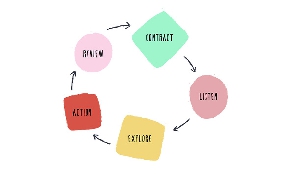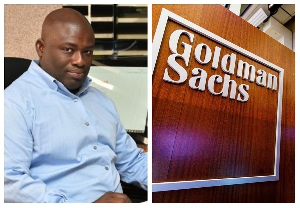Opinions of Saturday, 25 February 2023
Columnist: Gladstone Atuwo
How leaders of SMEs can effectively use the clear model to achieve success with employees
For West African countries which are affected by conflict, corruption, and or poverty, governmental jobs may be seen as more secure whilst entrepreneurship is often seen as a necessity. However, small and medium-sized enterprises (SMEs) can create jobs for young people, and support local economies.
To foster a culture of entrepreneurship among youth in fragile West African regions like Ghana, it is necessary to equip young men and women with knowledge and skills of coaching their employees to improve their technical and capacity-building
Coaching models are important for both individual and organizational development. By understanding different coaching models, individuals and organizations can select the best model or combination of models to meet their specific needs.
The CLEAR Model is a coaching process that is used to help leaders and executives reach their maximum potential.
CLEAR operates under the idea that to achieve maximum workplace performance, it is no longer enough to be just a manager of your SME; directing and orchestrating actions; you must often intervene in the processes of staff and act as a catalyst, or a guide to their development.
This model breaks down the coaching process into five distinct stages: Contract, Listen, Explore, Action, and Review.
The Clear model is a coaching strategy that can be used to help clients achieve success as follows:
Contracting: coaching agreement
How: Agreeing to basic ground rules and roles by the manager and the individual
Listening: Ask probing questions then listen
How: Active listening by the manager to understand the supervisee and work
Exploring: Dive deeper into the topic raised
How: Working together to create different responses to issues through questioning, reflection, and offering fresh insight and awareness
Action: Commit to taking an action toward a goal
How: After exploring different options, the manager chooses a way forward and agrees on the first steps also known as 'Fast-Forward Rehearsal'
Review: Assess progress
How: Review the actions. Provide feedback about the supervision process. And finally, plan future actions.
In summary, the CLEAR model is useful for individuals with managerial responsibilities who also see themselves as personable, aspiring coaches and who are still refining their style, as it allows for feedback for them whilst also providing a platform that encourages employee growth.













